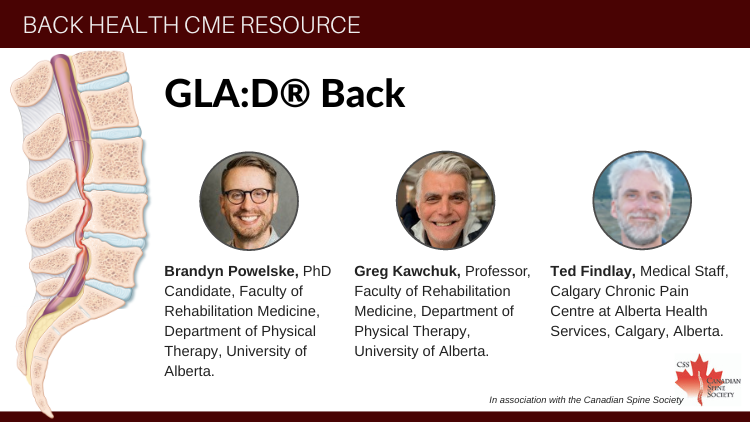1 Faculty of Rehabilitation Medicine, Department of Physical Therapy, University of Alberta.
2 Professor, Faculty of Rehabilitation Medicine, Department of Physical Therapy, University of Alberta.
3Medical Staff, Calgary Chronic Pain Centre at Alberta Health Services, Calgary. Alberta.

